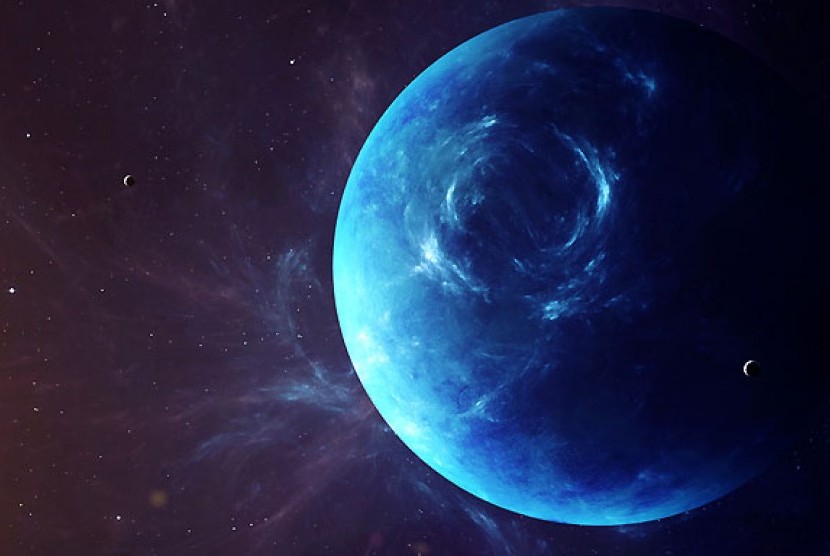James Webb’s telescope capture shows the planet Neptune in cool light.
REPUBLIKA.CO.ID, JAKARTA — The recently deployed James Webb Space Telescope (JWST) has captured the clearest view of planet Neptune in decades. The most powerful space telescope ever, launched in late 2021, uses its infrared imaging capabilities to show distant planets in cool light.
Features include Neptune’s bulging narrow ring and a fainter dust lane, which NASA says hasn’t been detected since 1989, when Voyager 2 passed nearby.
“It’s been three decades since we’ve seen this faint, dusty ring, and this is the first time we’ve seen it in infrared,” said Heidi Hammel, Neptune systems expert and interdisciplinary scientist for Webb, on the NASA website. Digital trendsThursday (22/9/2022).
Neptune is located in the outer solar system, 30 times farther from the sun than Earth, and was discovered by astronomers in 1846. NASA claims that Neptune’s great distance from our sun means that noon on the planet is similar to dark twilight on Earth.
The planet’s usual blue appearance, in images taken by Voyager and the Hubble Space Telescope, is the result of the absorption of red and infrared light by Neptune’s methane atmosphere. But Webb’s near-infrared camera (NIRCam) captures objects in the near-infrared range of 0.6 to 0.5 microns, so Neptune doesn’t appear blue to Webb.
Images taken by the Webb Telescope also show seven of Neptune’s 14 known moons, including the largest, Triton.
“Encased in an icy sheen of thick nitrogen, Triton reflects an average of 70% of the sunlight that strikes it,” NASA said of its glowing appearance.
“It far outshines Neptune in this image because the planet’s atmosphere is darkened by the absorption of methane at these near-infrared wavelengths,” NASA added.
The space agency noted that Triton orbits Neptune in an unusual retrograde orbit, behavior that suggests it was once part of the Kuiper Belt – new swarms, ice, comets and dwarf planets in the outer solar system – before being gravitationally captured by Neptune. . Webb’s team plans to use the space telescope to conduct further studies of Neptune over the coming year.
The Webb mission is the work of NASA, the European Space Agency (ESA) and the Canadian Space Agency (CSA), and will launch in December 2021. The telescope is primarily used to explore the depths of the universe looking for clues as to how it all started, while searching for planets, which are similar to our planet that can support life.
The team also took the opportunity to use powerful telescope technology to image known planets closer to home, such as Neptune and Jupiter, showing them in ways we’ve never seen before.

“Travel nerd. Social media evangelist. Zombie junkie. Total creator. Avid webaholic. Friend of animals everywhere. Future teen idol.”







